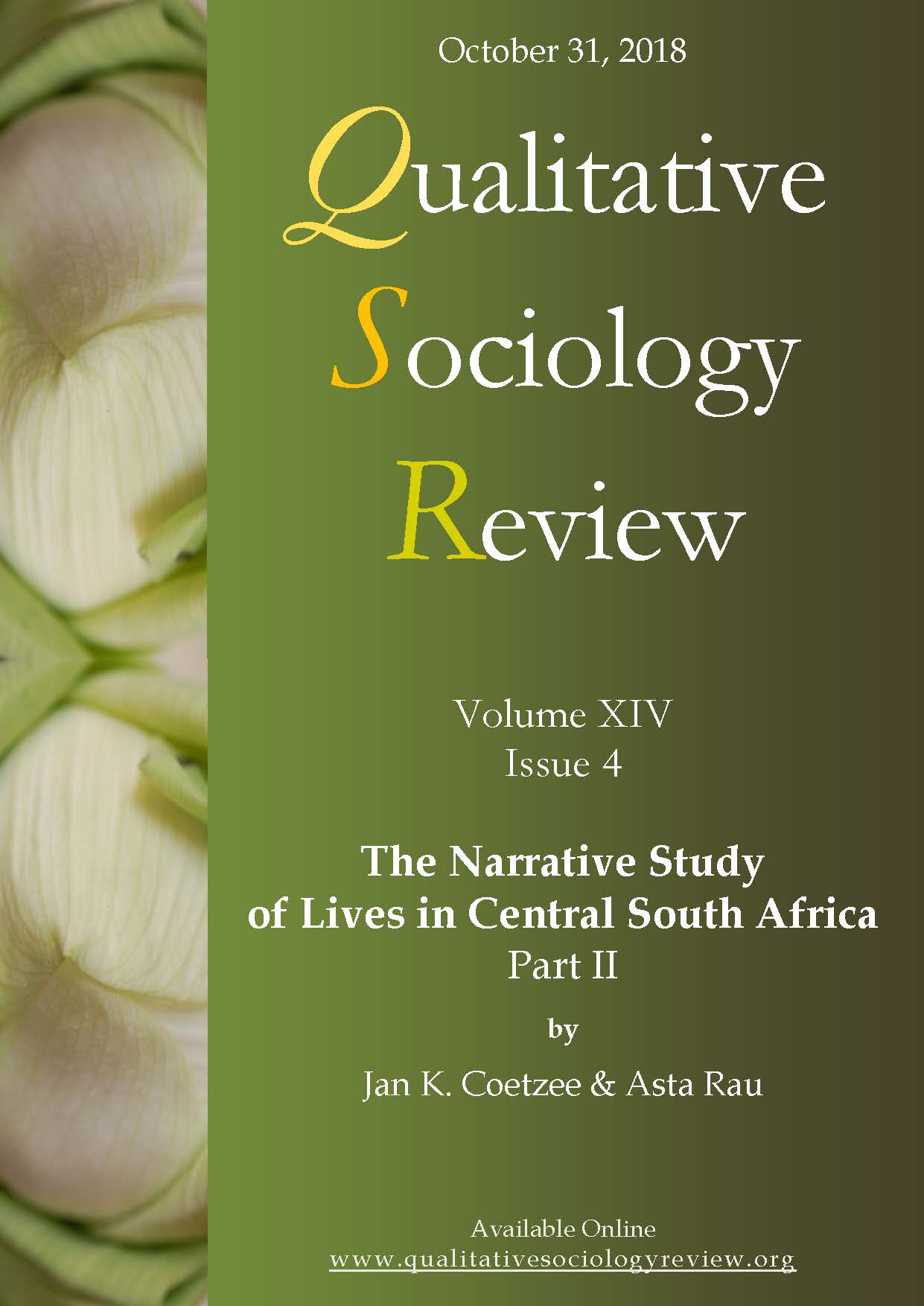The Creative Process. A Case for Meaning-Making
DOI:
https://doi.org/10.18778/1733-8077.14.4.06Keywords:
Art-Making, Creative Process, Intersubjectivity, Lifeworld, Lived Experience, Meaning, Meaning- Making, Signs, Symbols, TypificationsAbstract
Since the beginning of time art-making has been a tool to express, preserve, and challenge the extant knowledge in society. Artists do this by finding or creatively constructing new understandings in society. An artist is able to do this through the medium he/she uses to relay the message of the artwork. The medium that an artist uses to express his/her artistic concept has an impact on the character that the artwork will take. The medium of expression forms but one of the many considerations that go through an artist’s mind when creating art. In the process of art-making, an artist seeks to create new meanings or re-imagine old ones by organizing materials and concepts. In so doing, he/she discovers novel ways to get ideas across, and thereby creates new interpretations of social phenomena. In this article, attention is given to meaning-making as a conscious and iterative component of creating art. From a series of in-depth interviews, the authors analyze the inward processes that occur within six artists’ creative praxes and how these lead their construction of meaning. Attention is also paid to how the artists manipulate concepts and how they construct and deconstruct their understandings of these concepts in the course of their creative endeavors.
Downloads
References
Alvesson, Mats and Kai Sköldberg. 2009. Reflexive Methodology: New Vistas for Qualitative Research. Thousand Oaks, CA: Sage.
Google Scholar
Berger, Peter and Thomas Luckmann. 1966. The Social Construction of Reality. London: Penguin Books.
Google Scholar
Clandinin, Jean D. and Michael F. Connelly. 2000. Narrative Inquiry: Experience and Story in Qualitative Researchers. San Francisco: Library of Congress.
Google Scholar
Dreher, Jochen. 2003. “The Symbol and the Theory of the Lifeworld: The Transcendence of the Lifeworld and Their Overcoming by Signs and Symbols.” Human Studies 26:141-163.
Google Scholar
DOI: https://doi.org/10.1023/A:1024014620368
Flick, Uwe. 2009. An Introduction to Qualitative Research. London: Sage.
Google Scholar
Hickson, Helen. 2016. “Becoming a Critical Narrativist: Using Critical Reflection and Narrative Inquiry as Research Methodology.” Qualitative Social Work 15(3):380-391.
Google Scholar
DOI: https://doi.org/10.1177/1473325015617344
Koppl, Roger. 2010. “The Social Construction of Expertise.” Institute for Forensic Science Administration 47(2014): 220-226.
Google Scholar
DOI: https://doi.org/10.1007/s12115-010-9313-7
O’Leary, Zina. 2004. The Essential Guide to Doing Research. London: Sage.
Google Scholar
Rand, Ayn. 1957. Atlas Shrugged. New York: Penguin Group.
Google Scholar
Rose, Gillian. 2012. Visual Methodologies: An Introduction to Research with Visual Materials. Thousand Oaks, CA: Sage.
Google Scholar
Spector-Mersel, Gabriela. 2010. “Narrative Research: Time for a Paradigm.” Narrative Inquiry 20(1):204-223.
Google Scholar
DOI: https://doi.org/10.1075/ni.20.1.10spe
Thought Co. 2017. The Meaning of Ubuntu: Connectedness Between People. Retrieved March 03, 2017 (https://www.thoughtco.com/the-meaning-of-ubuntu-43307).
Google Scholar
Vogler, Christopher. 1998. The Writer’s Journey: Mythic Structure for Writers. Venice, CA: M. Wiese Productions.
Google Scholar
White, Tabitha R. and Anne-Marie Hede. 2008. “Using Narrative Inquiry to Explore the Impact of Art on Individuals.” The Journal of Arts Management, Law, and Society 38(1):19-35.
Google Scholar
DOI: https://doi.org/10.3200/JAML.38.1.19-36
Downloads
Published
How to Cite
Issue
Section
License
Copyright (c) 2018 Qualitative Sociology Review

This work is licensed under a Creative Commons Attribution-NonCommercial-NoDerivatives 4.0 International License.











